What Does Every Dress Code Mean?
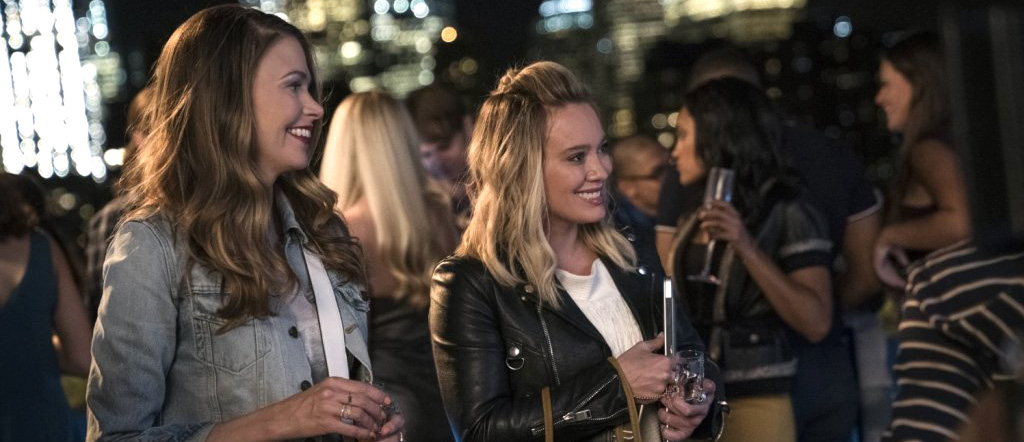
Getting booked and building a look for your role is one of the fun parts of being a Background Actor. One day you're in the crowd at a Girls5Eva concert and the next you're in the courtroom on Law and Order: SVU. Knowing what different dress codes mean and having a variety of wardrobe will help you become a successful Background Actor.
When you're booked, you'll likely be given details in the form of a Details Blog, which will include any wardrobe specs given from production. In some cases, you'll be tasked with matching a very specific style and in others, there will be more room for you to create your own look. Either way, please pay close attention to your details so you show up to set as expected. If you're putting together a look based on common modern dress codes, this guide will help get you started.
Casual dress code
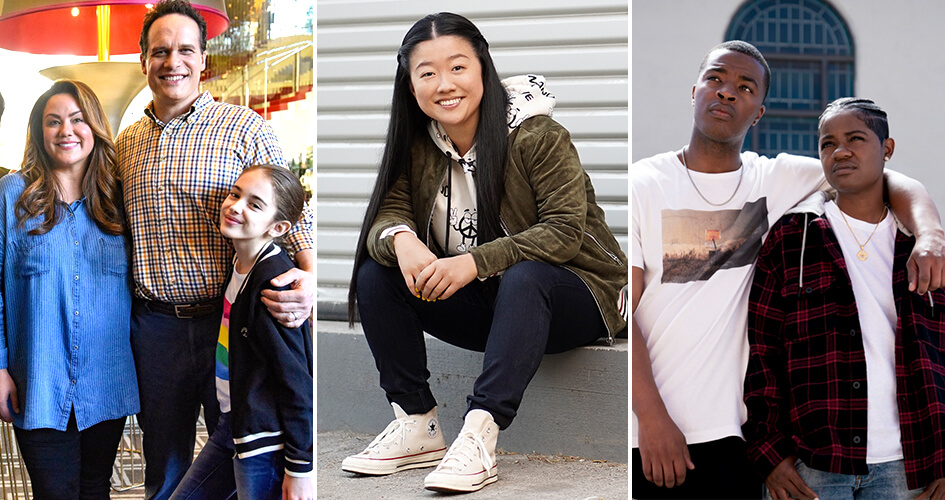
If your details ask for a casual look, it usually means the type of clothes you wear every day. Think jeans, t-shirts, button-ups, sweaters, sneakers, etc. Even if you're not given specific wardrobe instructions, the casual style you put together for set still needs to be appropriate for the project. Many productions film in one location but are set in another. A casual Los Angeles look isn't always similar to a casual New York look. Also, it's important to remember that casual style doesn't mean athletic or loungewear. Unless you're specifically asked to show up to set in sweats or yoga pants, it's best to save those for the gym.
Business dress code
There are three main types of business looks: business casual, business, and business formal. They all share general rules, but the specifics of each vary depending on how formal the situation is. Every production has its own unique look, so if you have a resource like previous episodes, make sure you look at what background or the principal actors are wearing to give you an idea of what the dress code is. No matter the type of business style, all clothes should look neat and clean.
Business casual

Of all the looks, business casual may be the hardest dress code to pin down because workplaces set their own standards for what this means. You may find this style in scenes set in schools, start-ups, and some businesses.
For women, a business casual look would include skirts, dress pants, blouses, sweaters, blazers, light jewelry, and closed toed shoes.
Men's business casual means dress slacks, chinos, khakis, belts, long sleeve button-up shirts, sweaters, dark socks, dress shoes, and an optional tie.
Business
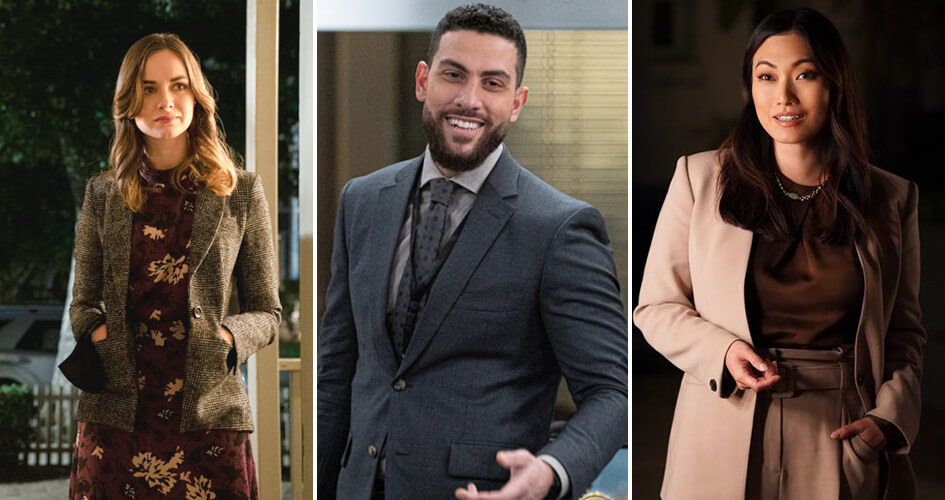
A general business look (also called professional) is the traditional dress code for workplace attire. This is the type of look you see in most professional offices.
Typical business attire for women are skirt suits, pant suits (no cropped or capri pants), and a conservative blouse or button-up. Clothes should be in neutral tones like black, brown, gray, or navy. Shoes need to be closed toe; no sandals or peep toes.
Men's business looks revolve around a two-piece suit in dark neutral colors with classic button-up shirts in muted tones. Ties are a must for this look and should work with the rest of the suit. Black or brown leather shoes should be worn with dark socks and a belt that matches.
Business formal
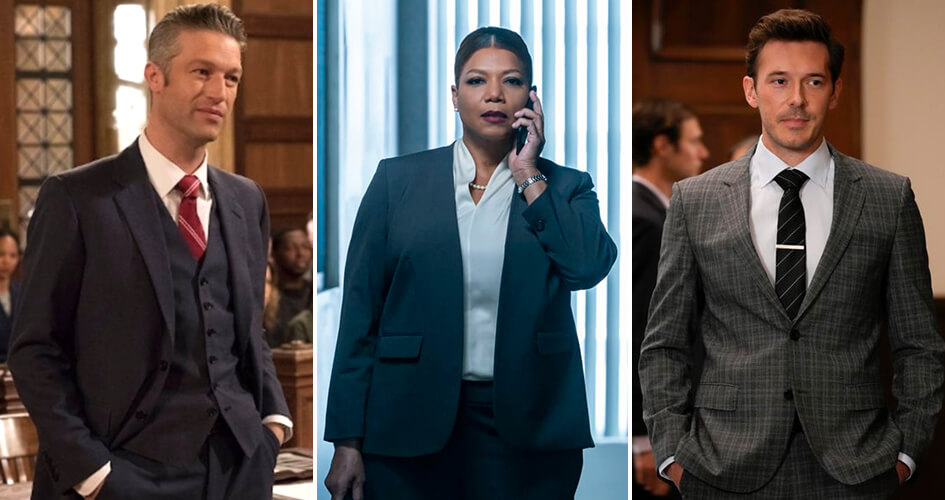
Business formal is the most conservative and polished dress code and is often found in law firms, finance offices, and board rooms. It's also common for evening work events.
In this look, women should wear a tailored pant suit or skirt suit (with tights) in a neutral tone, with a white collared shirt and closed toe heels.
Men's business formal attire means tailored and pressed suits in neutral colors, with a white button-up shirt, conservative colored tie, and dress shoes.
Cocktail attire

Cocktail attire falls between casual and formal and allows for more personality than strict formal looks. Sometimes cocktail dress is confused with club or party styles, but generally cocktail attire should be more modest and elegant.
Women's cocktail wardrobe can consist of mid-length dresses, skirts, or dressy pants. This is the perfect opportunity to wear color and let your own personality shine through. Jewelry and shoes can be bold, but should still be elegant.
Men should opt for a tailored suit or semi-formal blazer with dress pants. Generally, you'll still want to stick to darker tones like grays and blues, but there is more room for colorful or patterned ties.
Formal wear
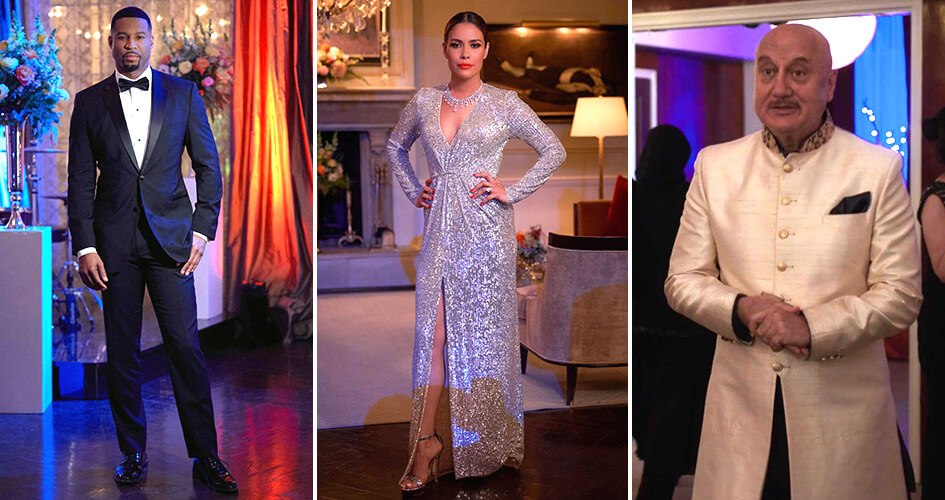
Formal looks can range anywhere from cocktail to white tie. Often when people say formal dress code, they're thinking black tie or black tie optional.
A typical formal look for women is an evening gown. Evening gowns should be floor length and be elegant and sophisticated. Depending on the occasion, a cocktail dress may be appropriate and you can play with prints and colors.
Each production can have their own idea what formal consists of for men, but generally a black tuxedo works for a formal occasion. You may have the option of customizing the look with your choice of bow tie or necktie, lapel type, and in some cases, can deviate from the standard black jacket and pants.
Add looks to your online profile
One of the best tools to help yourself get booked is your online profile. Be sure to upload current photos in different wardrobe to show Casting Directors the different looks you can portray. We recommend only uploading one or two photos per look; multiple photos in the same look will only clutter your profile. Don't forget to update or verify your sizes so Casting Directors can consider you for roles where production provides wardrobe.
Need more wardrobe inspiration? Check out our decade style guides and other outfit tips in our wardrobe article category.